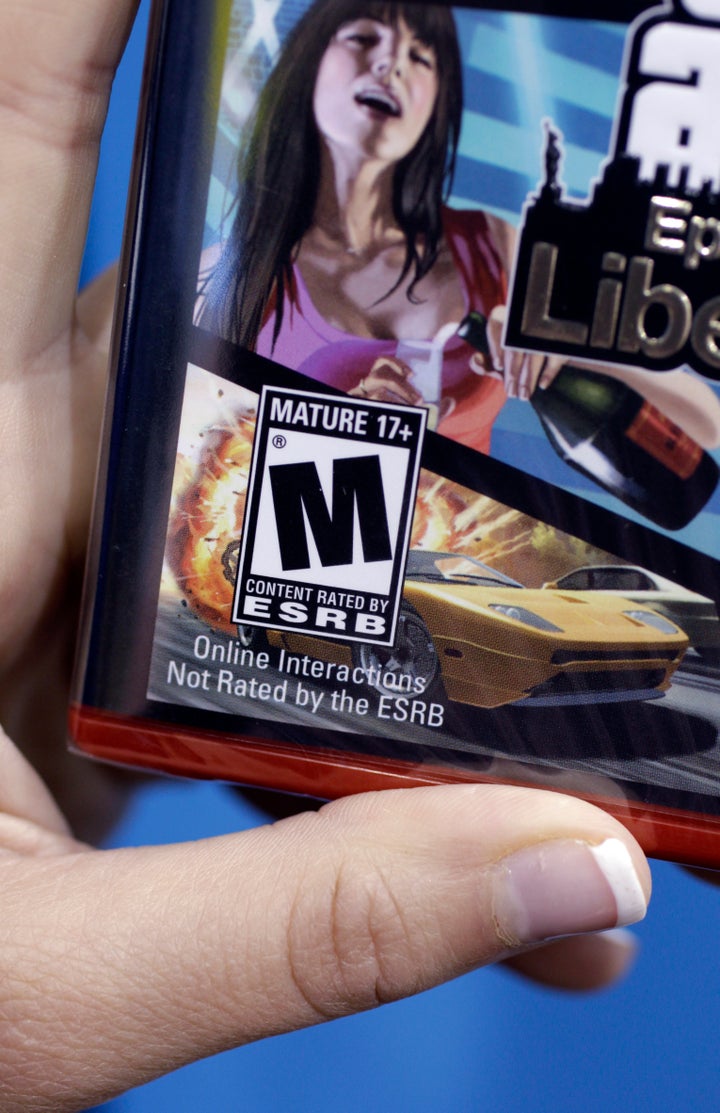
The recent decision by the U.S. Supreme Court in striking down California's law prohibiting children under the age of 18 from purchasing violent video games is a travesty. It perpetuates harm on the most vulnerable members of society by means of a complete misunderstanding and ignorance of child development. It is based on a profound misunderstanding of fairy tales.
In equating the violence in the Grimm fairy tales with that of video games, the Court committed a grievous error in arguing that free speech protected the producers of violent video games. In short, the Court's argument is that if we shouldn't ban fairytales because they contain violence, then we shouldn't ban video games, as well.
The argument is false, because neither the violence nor the purpose of the two is even remotely the same. Adults generally read fairy tales to young children so that adults both mediate and interpret the violence. Most important of all, unlike in video games, children do not cause the violence themselves.
The Grimm brothers did not invent, but brought together and embellished the fairy tales that had already existed in European culture for hundreds of years. In other words, fairy tales were spontaneous creations of the human psyche. They were not created for the "marketplace."
A number of prominent psychiatrists and psychoanalysts -- among them Bruno Bettelheim, Marie von Franz and Melanie Klein -- have pointed out that fairy tales serve the psychosocial development of children in crucial ways. In particular, Melanie Klein identified a primary psychological mechanism -- Splitting -- which very young children used to cope with the world.
Up to around the age of five, children regularly split the image of their primary caregiver -- typically the mother -- into two distinct images: the Good Mother and the Bad Mother. The Good Mother is instantly available to tend to the infant and young child's every need. In contrast, the Bad Mother is not instantly and always available to meet the child's needs and wishes. The Bad Mother is also responsible for dispensing punishment for unacceptable behavior.
Fairy tales not only represent, but deal with the psychic conflict that children experience in terms of the Fairy Godmother (the Good Mother) and the Evil Witch (the Bad Mother). Thus, the child rejoices when the Bad Mother is killed, for the child is figuratively killing off a part of him or herself that he or she is not yet mature enough to accept and incorporate into the psyche. That is, the child is not yet ready, psychologically, to accept that the Good and the Bad Mother are two aspects of the same person.
Unless there has been severe trauma that impedes normal development, eventually children do come to accept that the Good and the Bad mother are one. Indeed, this generally happens around the same time that children normally "grow out of " fairy tales. Nonetheless, the propensity for Splitting remains throughout all of our lives. For instance, we regularly split the world into "good and bad guys."
To equate fairy tales to video games is akin to equating world literature to comic books. Fairy tales engage the imagination of young children in helping them surmount a psychological hurdle at the times when they desperately need it. They imagine violence through reading about it, but they do not actively choose to cause it, even if it's virtual. Furthermore, while gruesome at times, the violence is not that of raping women or committing horrific acts on them.
There may not be the over 30 years of impressive, massive and longitudinal research on video games that there is on media violence, but the research shows unequivocally that prolonged exposure to media violence has harmful and long-lasting effects, especially on those from the most at-risk households.
All arguments rest on a bed of basic assumptions and distinctions. If they are wrong, then so are the final conclusions. In the case at hand, the basic assumptions and distinctions are so flawed that the final conclusion is not just "wrong," but harmful to all of us.
Ian Mitroff is an Adjunct Professor at UC Berkeley. His most recent book with Abe Silvers is Dirty Rotten Strategies: How We Trick Ourselves and Others into Solving the Wrong Problems Precisely, Stanford University Press, 2009.